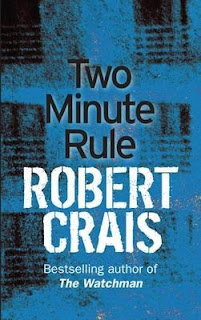Writer Rucka's second run on Wonder Woman ends in this volume, possibly due to exhaustion. Since the Rebirth relaunch, Wonder Woman has appeared twice a month. And the stories alternate every issue, switching between time periods.
Chronologically, the order of the four tpb Rebirth volumes is 2, 4, 1, and 3. But the past history stuff would spoil material in the present day, so preferred reading order is 1-4. But you may need to refresh your memory with 1 and 3 before reading 4, as 4 bridges the gap between Volume 2 (Wonder Woman: Rebirth: Year One) and the 'present-day' material in volumes 1 and 3. Got it? I'm not sure I do...
Rucka is a great Wonder Woman writer so long as one wants a Wonder Woman who skews a bit adult in terms of her 'jobs.' Yes, she's an icon of hope and a super-warrior. But she's also an ambassador to Man's World from the Amazon island of Themyscira. And a best-selling writer. And a capable administrator! Truly she is a Wonder Woman!
Various threads are tied off here, or more fully explained. A corporate nemesis Rucka created for Wonder Woman back in the early oughts, Veronica Cale, is explained more fully here, as are the origins of Cale's computerized attack dog Dr. Cyber and some back story involving Ares, Phobos, and Deimos that would have spoiled several reveals in Volume 3.
It's enjoyable stuff, though definitely not a standalone volume. Bilquis Evely takes over as full-time penciller on the even-number WW issues in this volume. Evely is not as strong a penciller as Nicola Scott, but the art is still engaging and strong in terms of composition and panel-to-panel contiuity. In all, recommended.








